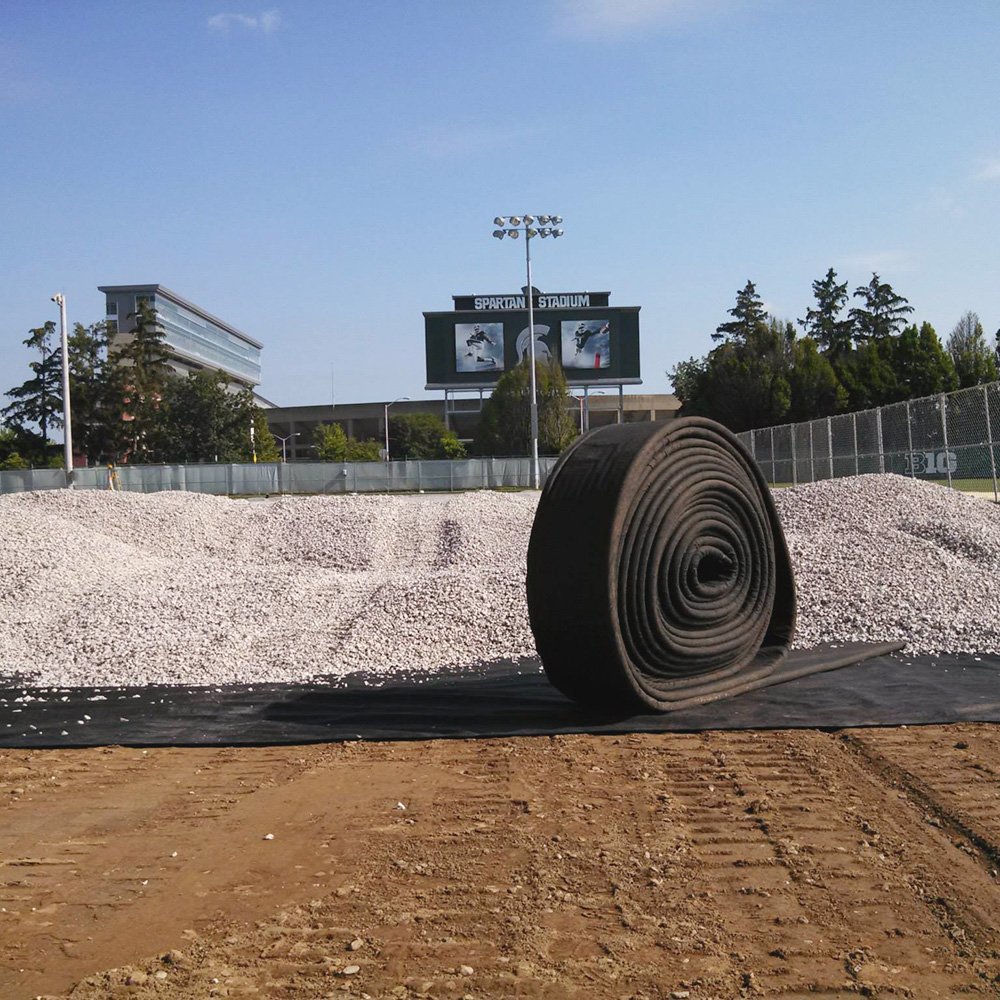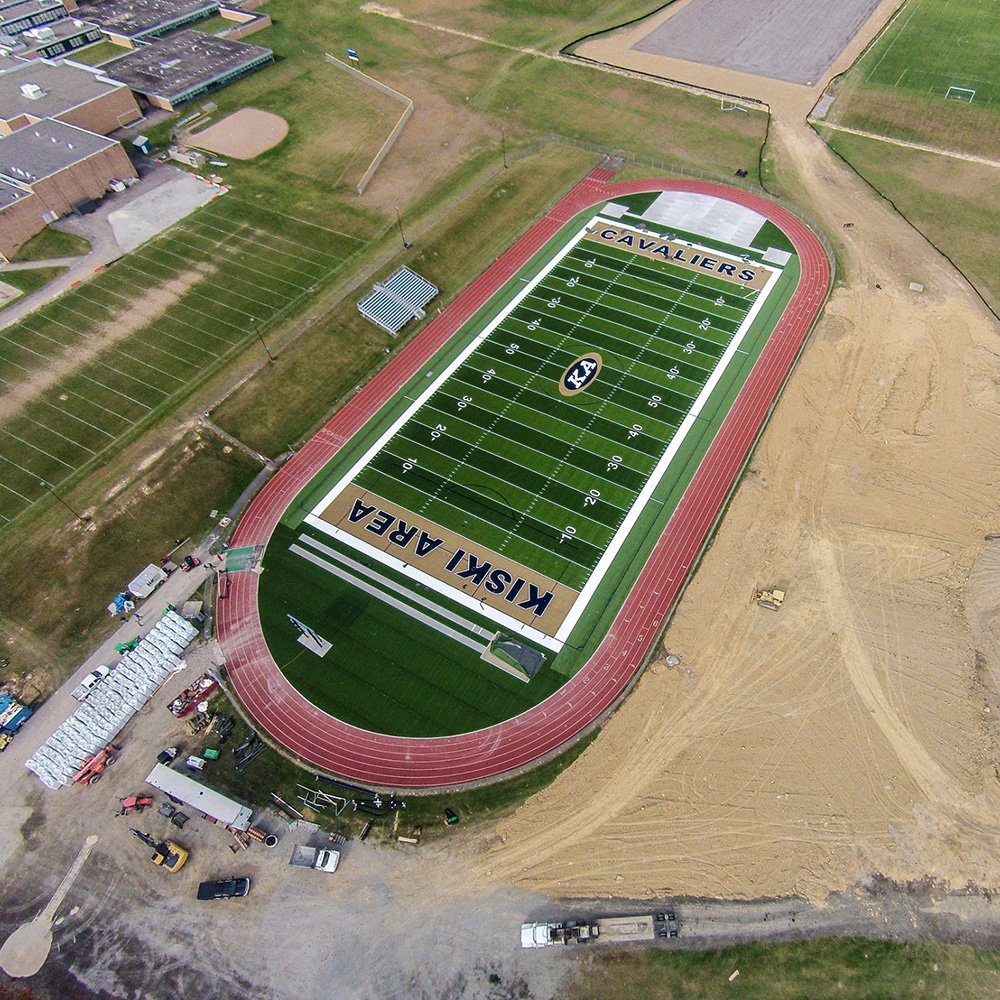Athletic Field Drainage
Multi-Flow drainage systems are widely used in athletic fields.
The explosion of Multi-Flow usage is part of a larger trend toward more extensive and intensive drainage in sports turf areas. Facility managers are under persistent pressure to keep fields healthy, attractive and ready for use. Heavy schedules make this a major challenge because using fields during saturated conditions compacts the soil, consequently threatening the turf.
Multi-Flow systems can be found not only in common sites such as football, baseball and soccer fields but also in less familiar settings such as polo fields, croquet courts, clay or grass tennis courts, lawn bowling greens, bocce courts, horseshoe courts, equestrian centers, sand volleyball courts, and open play areas.
- A few samples of Multi-Flow athletic field drainage can be found in our Sample Projects file.
- Advice on athletic field drainage design is located in the Design Assistance section of Engineering, while sample drawings can be found under CAD Downloads
- Detailed Installation assistance is provided in the Athletic Field section of Installation.

Comparing vertical and horizontal installations
Most commonly, Multi-Flow is installed vertically in natural turf settings and horizontally under synthetic turf. There are some exceptions to this practice but generally this takes best advantage of Multi-Flow’s shape.
When trenching is required, vertical installations take best advantage of Multi-Flow’s narrow profile.
However, in synthetic turf settings, a nearly impermeable clay base is established and select, porous fill is placed over it. Laying Multi-Flow directly on the dense clay base locates it where the water accumulates. This eliminates the need for trenching.
Reasons for using Multi-Flow in your natural turf athletic field
Whether it is new natural turf field construction or the renovation of an existing field, Multi-Flow is a wise choice because Multi-Flow is 1) effective 2) convenient 3) durable 4) affordable.
- Effective – Athletic field drainage systems must be able to collect water and transport water. Multi-Flow excels in both regards:
A. Collecting water – Water can enter a Multi-Flow drain more readily because Multi-Flow has greater surface area than traditional round pipe. The more drainage product that is in contact with surrounding saturated soil, the more quickly drainage can take place.
B. Transporting water – Once water has entered Multi-Flow flow channels, it moves away quickly because the channels are round and unobstructed, in contrast to other panel shaped drains. - Convenient – At least three factors make Multi-Flow a product that designers and contractors love to work with:
A. Shape – Because of its panel shape, Multi-Flow can be inserted vertically in a narrow trench. This saves time and effort in terms of excavation, backfill, and materials transport.
B. Connectors – Not only are Multi-Flow connectors easy to use, there are a lot of them. Any configuration that is appropriate for a given site can be carried out using one or more of the 60 Multi-Flow connectors. This allows for 90 degree and 45 degree connections as well as transitions between pipe sizes.
C. Flexibility – Multi-Flow is highly bendable making it convenient to work with, suitable for making tight turns, and is easily joined to connectors. - Durable – Multi-Flow enjoys longevity because of:
A. Strength – Multi-Flow is designed to withstand heavy loads. Able to withstand loads well in excess of 6,000 psf, Multi-Flow is not going to collapse due to heavy surface loads in shallow installations or due to earth weight in deep installations. This kind of strength is especially neccessary in shallow installations. Most athletic fields experience occasional exposure to tractor and truck traffic.
B. Compatibility with BMP installation techniques – The Multi-Flow system includes a heavy, effective, geotextile filter. This high quality fabric acts as an excellent secondary filter, keeping Multi-Flow’s flow channels clean and open. Clean coarse sand functions as a very successful primary filter. Due to its shape, Multi-Flow is easily encased in sand, assuring a long life. When placed in a 4 inch wide trench Multi-Flow is readily protected in this way. This would be difficult if not impossible using French drain methodology. - Affordable – A completed Multi-Flow system typically costs about half as much as a comparable French drain system. Add to that its longer life and Multi-Flow begins to look very attractive! Now factor in the cost of cancelled and rescheduled events and it is a system you cannot afford to live without!
Reasons for using Multi-Flow in your synthetic turf athletic field
First of all, we need to address the issue of the need for a drainage system in a synthetic turf field. As the synthetic turf market becomes more and more competitive, designers are constantly looking for ways to reduce the cost of construction. Sometimes the drainage system falls victim to this pressure. Synthetic turf is typically installed over a layer of coarse porous material which is located on a packed clay base. This material is capable of holding large amounts of water and this water eventually finds its way out to the edge of the field and into a well drained perimeter trench. Because of the holding capacity of the stone aggregate, seldom does a field receive so much rain that water pools on the surface.
This does not mean that the drainage is adequate. As water perches on the clay base for extended periods of time it begins to infiltrate and destabilize the clay. Saturated clay loses 60% of its load bearing strength. The result is a shifting in the shape of the base which produces settling and rippling of the surface.
Multi-Flow is the natural choice as a synthetic turf drainage medium for many of the same reasons as it serves so well in natural turf. (See above) Horizontally installed Multi-Flow in synthetic turf fields is a wise choice because Multi-Flow is: 1. effective 2. convenient 3. durable 4. affordable.
- Effective – Synthetic turf drainage systems must be able to collect and transport water quickly. If water remains on the clay base for extended periods of time the base becomes instable. (See FAQ: Why is drainage needed under synthetic turf?)
Water can enter a Multi-Flow drain readily because Multi-Flow has greater surface area than traditional round pipe. Lying directly on the base where the water accumulates, Multi-Flow intercepts water sooner and drains it down more thoroughly. Once water has entered Multi-Flow flow channels, it moves away quickly because the channels are round and unobstructed, in contrast to other panel shaped drains.
- Convenient – At least three factors make Multi-Flow a product that designers and contractors love to work with:
Shape – Because of its flat panel shape, Multi-Flow can be rolled out horizontally, without trenching. Recent research by Dr. Ed McCoy at Ohio State University has demonstrated that this trenchless system provides drainage effectiveness equal or superior to trenched systems without the extra time and expense involved.
Connectors – The Multi-Flow line of connectors includes an unrivaled number of secure, easy to use, snap together fittings for horizontal applications.
Flexibility – Multi-Flow’s horizontal fittings are as easily joined to collector pipe as its vertical connectors.
- Durable – Multi-Flow is not likely to crush in the short term or blind in the long term.
Strength – Multi-Flow is designed to withstand heavy loads, well in excess of 6,000 psf. Multi-Flow will not collapse due to heavy surface traffic. This is especially true during the construction process when heavy dozer and truck traffic can be expected.
Longevity – The Multi-Flow system includes a heavy, effective, geotextile filter. This high quality fabric acts as an excellent secondary filter, keeping Multi-Flow’s flow channels clean and open. Clean coarse sand functions as a very successful primary filter. A 2-inch band of sand over each Multi-Flow run is affordable and easy to install and will extend the life expectancy of the system.
- Affordable – A completed Multi-Flow system typically costs one third as much as a comparable trenched system. Add to that the longer life it provides for your field base and Multi-Flow begins to look very attractive!
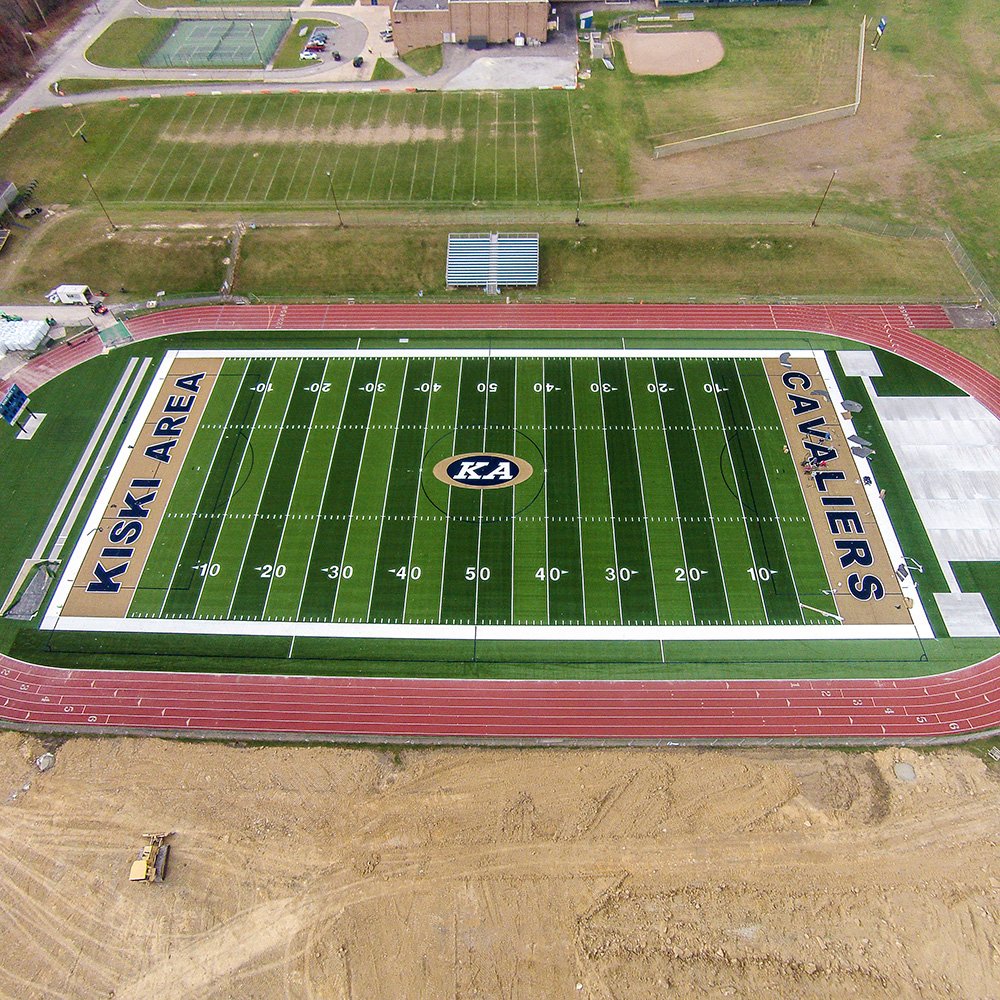
ATHLETIC FIELDS
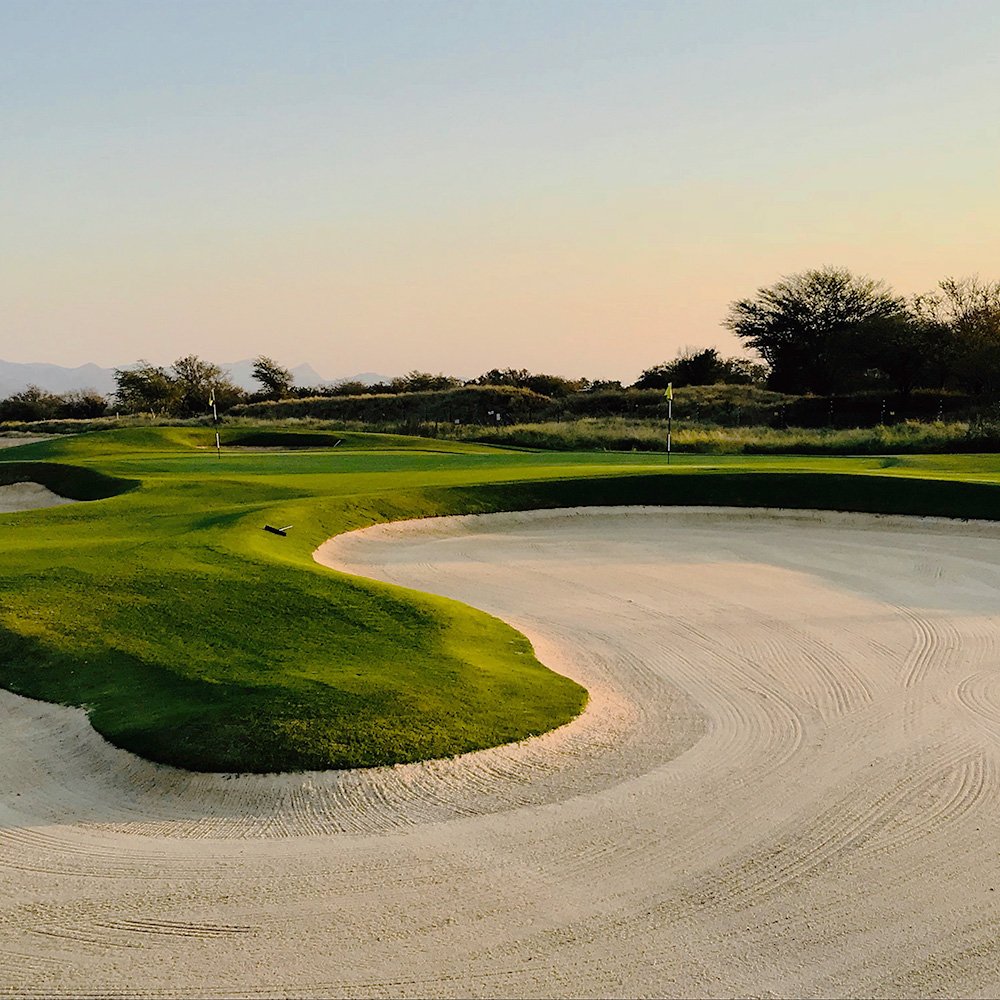
GOLF COURSES

RECREATIONAL AREAS
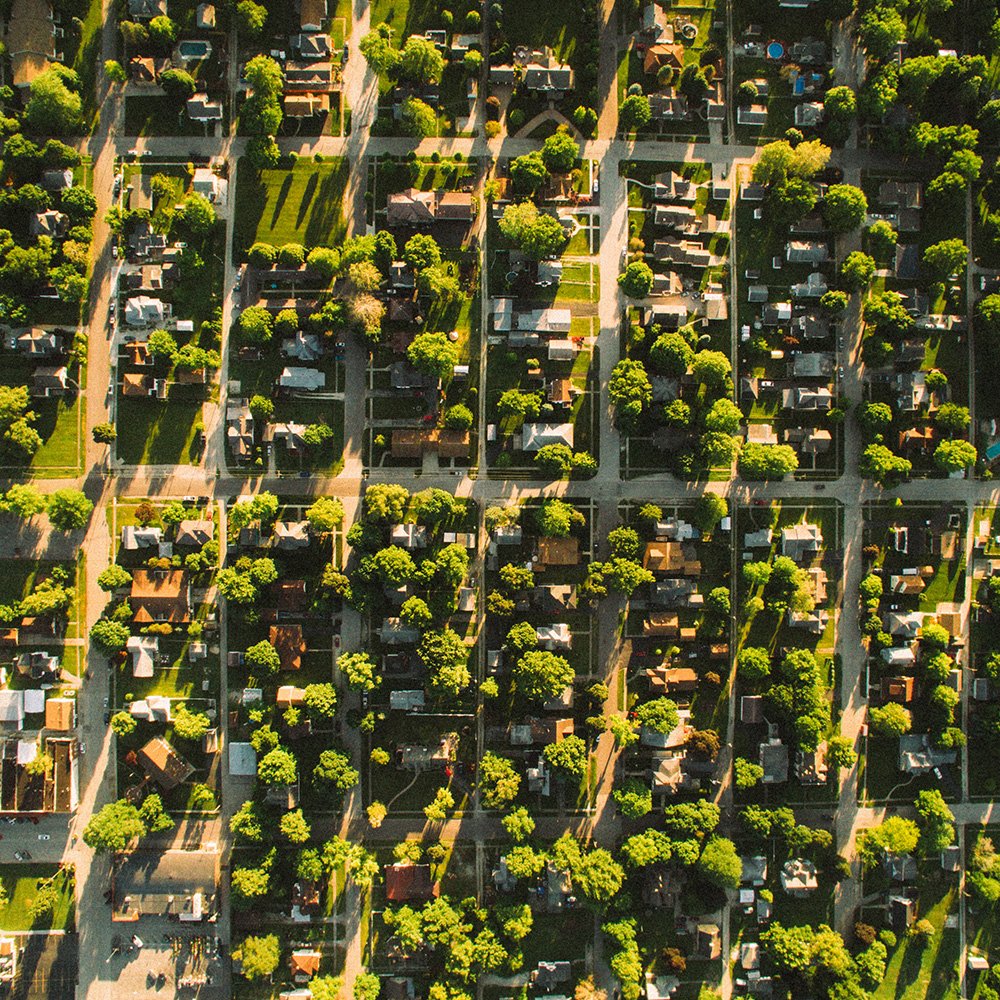
RESIDENTIAL AREAS

COMMERCIAL
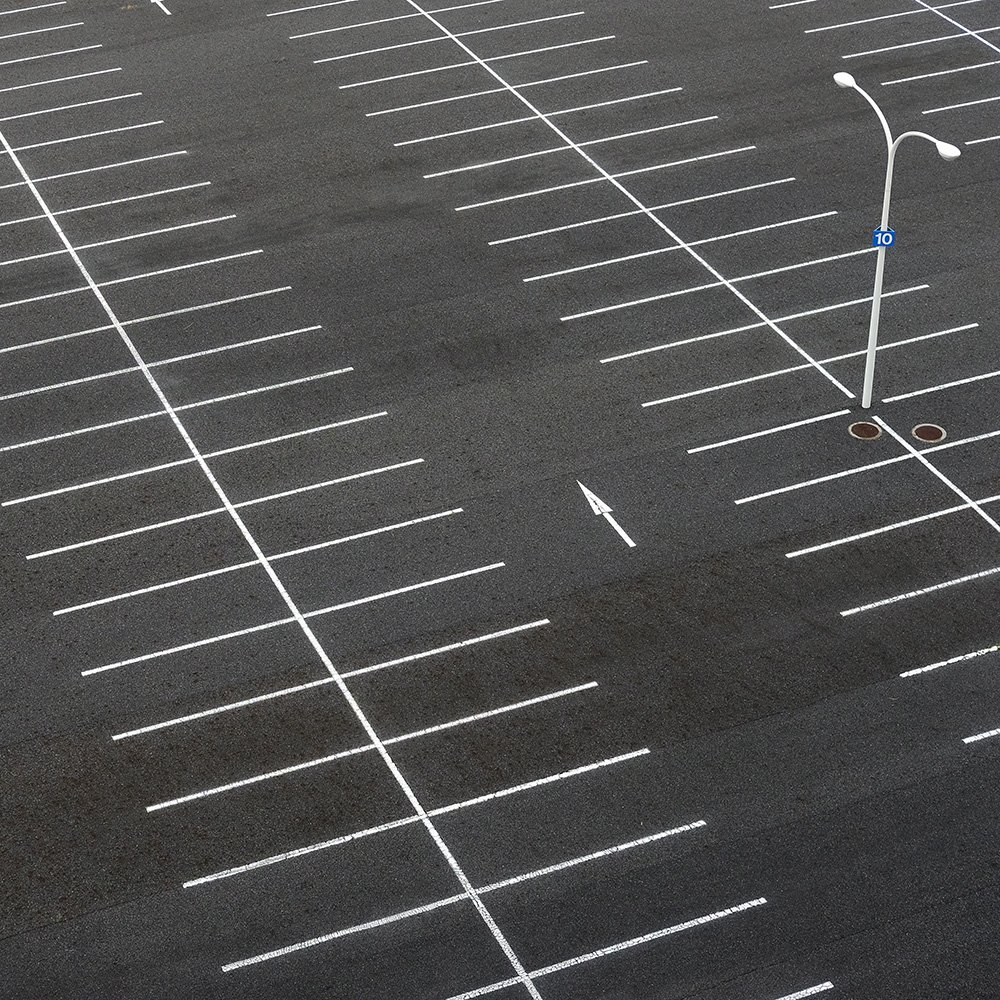
PAVED SURFACES
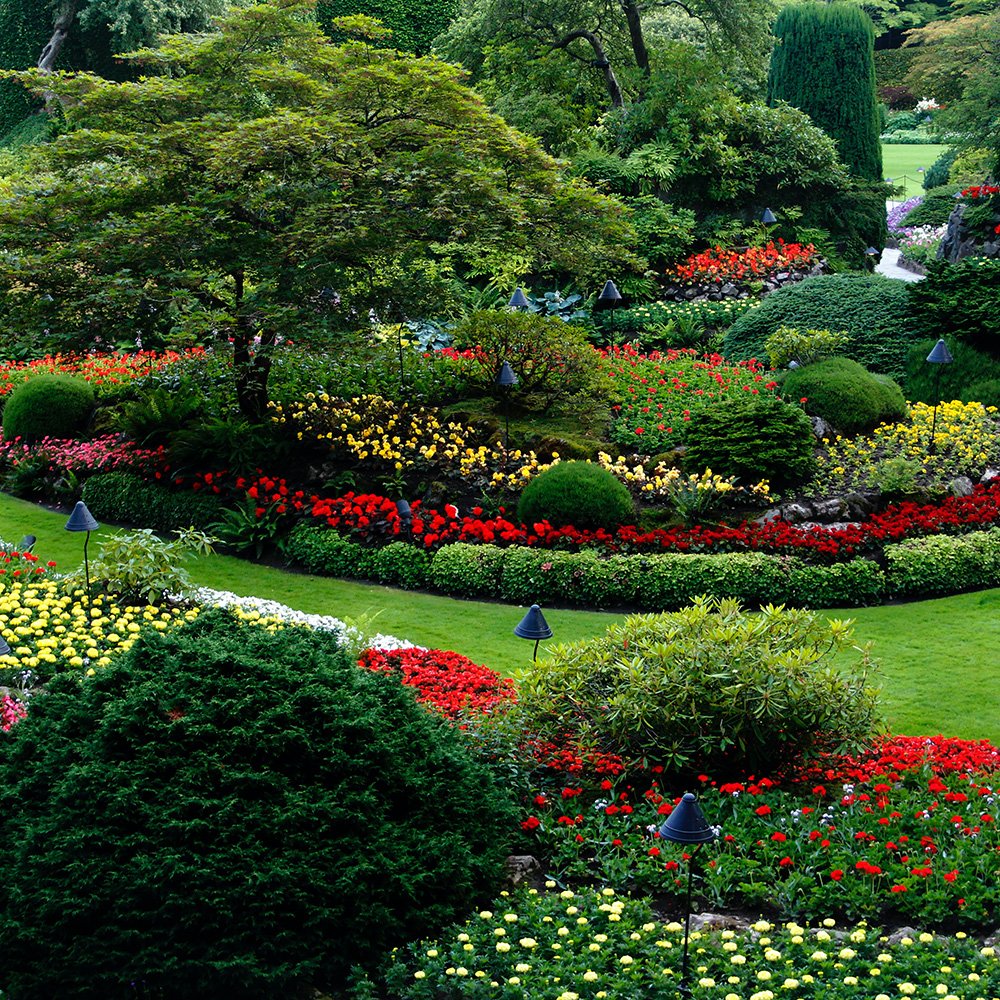
HORTICULTURAL AREAS

CIVIL AREAS

Reach Us
Manufacturing Facility:
15 6th St
Prinsburg, MN 56281
1.800.978.8007
service@varicore.com
Multi-Flow and Multi-Flow LDVS are property of Varicore Technologies, Inc.
The information contained on this site, including technical drawings, illustrations, pictures, diagrams, etc., are for recommendation only.
It is sole responsibility of determine correct suitability and usage of materials on project.
Web Site Design & Development by Gilmour Creative.


